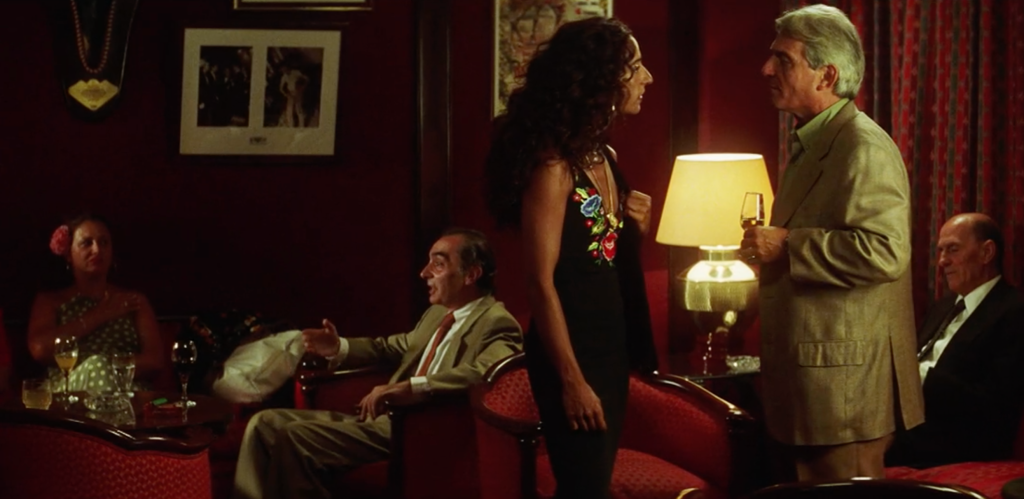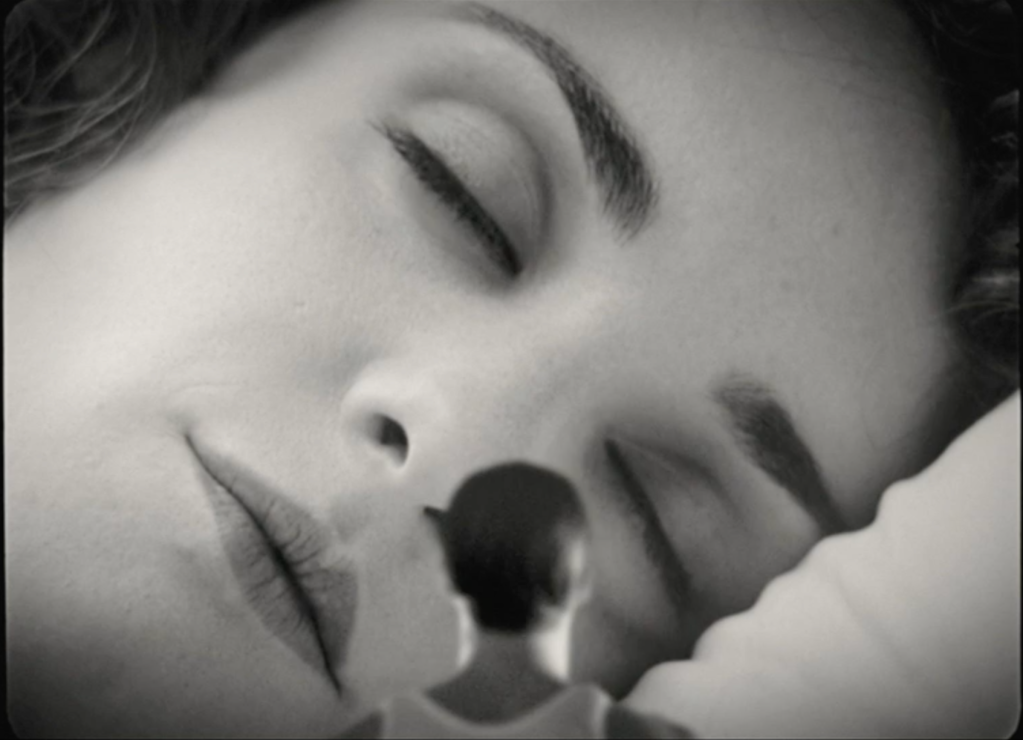Pedro Almodóvar | 1hr 52min

In the first scene of Talk to Her, two men sit side-by-side watching a dance performance in a theatre. Up on stage, two women glide through the space like blind sleepwalkers, while another man hurriedly moves furniture out of their way so as not to disturb their chaotic paths. As the spectator on the right begins to weep, the one on the left silently glances over. At this point in their lives Marco and Benigno are strangers, though this is not the last time their paths will cross. After suffering two strikingly similar twists of fate, twin storylines begin to emerge and intertwine in reflections of the dance that first brought them together, and a friendship takes form over a commonality in their unusual expressions of love.


There is no doubt something creepy about the way these men dote upon the two comatose women for whom they profess their love. But at times it is also endearingly sweet, as well as self-serving, and at one point morally repugnant – a mix of feelings as complex as the men themselves. Most interestingly, the emotionally expressive dynamics which Pedro Almodóvar typically reserves for his female characters take masculine form in Marco and Benigno, who continue to talk with and care for the targets of their affection. Marco is the more sympathetic figure between the two for several reasons, chief of all being the time Almodóvar spends in drawing out his relationship with his sweetheart, Lydia. Benigno is also prone to emotional sensitivity, but dangerously so, as his delusions around the love of an unconscious Alicia gradually consume his reality. Between the two, there is a thin line dividing love and obsession, and Almodóvar relishes every tiny formal parallel that binds them together.
This Spanish auteur is not one known for his subtlety, and indeed Talk to Her swells with broad strokes of saturated colours, like a Douglas Sirk melodrama with distinctly more flamboyantly transgressive sensibilities. Notions of rape, still birth, prison, and death play significant parts in this narrative, and although Almodóvar isn’t exactly undercutting the seriousness of his subject matter, these plot points always tend to be in service of the film’s expressions of sorrow and grief. Conversely, his bright décor builds out a world where life is still largely worth living in spite of it all, defined by its bold primary colours piercing through sumptuous, often symmetrical compositions. Even within the unusually green and yellow walls of the hospital, there is still a visual exuberance to be found that both complements these characters’ wild emotional journeys and effectively offsets the bleakness of their pain.


The unpredictable swings of these characters continue to emerge in the narrative’s numerous leaps through time, with titles letting us know we have flashed back “Four years earlier” or forwards “A month later.” The form of the piece is pushed even further in one section that seems to play out a metaphor of Benigno’s story writ large on silent film, though even this pastiche sequence still bears Almodóvar’s gaudy irreverence – a shrunken man crawling across the landscape of his lover’s naked body before slipping into her v****a, like a surreal, Bunuelian dream.

Almodóvar swings wildly across emotional extremes all through Talk to Her, but being the master of melodrama that he is, each moment remains under his careful control in its complex progression, right up until the final scene. There, we return the theatre from the opening with Marco, though this time it is a recovered Alicia he encounters rather than Benigno. Once again the interaction is tangential, though with both their counterparts missing, there is finally room for a sweet correspondence between them – a man and a woman with renewed abilities to respond to others, who are open to real connection, and are now ready to move on with their lives.

Talk to Her is not currently available to stream in Australia.


One thought on “Talk to Her (2002)”